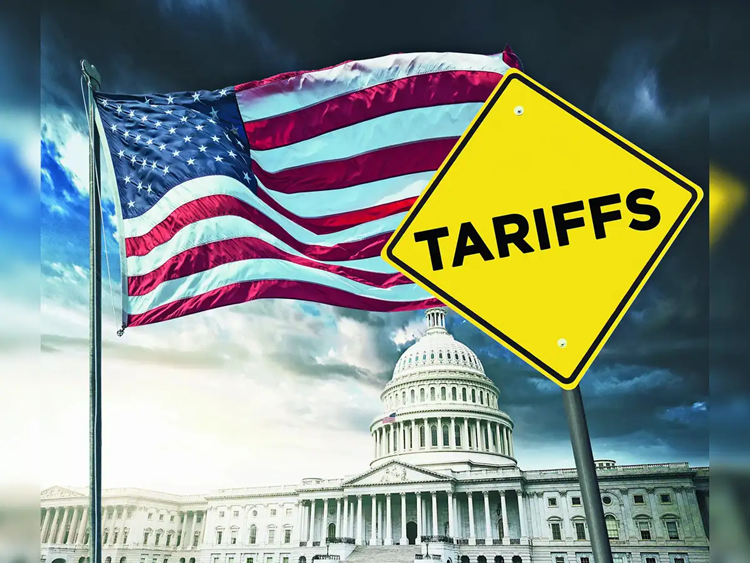"Apparel industry professionals believe consumers and manufacturers should focus as much on the fiber content and care labels of garments they buy as they do on cost, whether these clothes are being sold online or in-store. Timo Rissanen, Associate Dean for the School of Constructed Environments at the Parsons School of Design emphasizes consumers should be made aware about the clothes they’re buying, especially as the quality of the cloth matters. Low-grade fibers or apparel made without much fiber in the cloth leads to poor quality. This makes the garments lose their shape, fade quickly, given away as a donation or thrown into a landfill."
 Apparel industry professionals believe consumers and manufacturers should focus as much on the fiber content and care labels of garments they buy as they do on cost, whether these clothes are being sold online or in-store. Timo Rissanen, Associate Dean for the School of Constructed Environments at the Parsons School of Design emphasizes consumers should be made aware about the clothes they’re buying, especially as the quality of the cloth matters. Low-grade fibers or apparel made without much fiber in the cloth leads to poor quality. This makes the garments lose their shape, fade quickly, given away as a donation or thrown into a landfill.
Apparel industry professionals believe consumers and manufacturers should focus as much on the fiber content and care labels of garments they buy as they do on cost, whether these clothes are being sold online or in-store. Timo Rissanen, Associate Dean for the School of Constructed Environments at the Parsons School of Design emphasizes consumers should be made aware about the clothes they’re buying, especially as the quality of the cloth matters. Low-grade fibers or apparel made without much fiber in the cloth leads to poor quality. This makes the garments lose their shape, fade quickly, given away as a donation or thrown into a landfill.
Cotton emerges as the preferred material
The US, federal law mandates most textile and wool products to have a label listing the fiber content, country of origin, and the identity of the manufacturer or another business responsible for marketing or handling the item. According to the Cotton Incorported Lifestyle Monitor Survey, around 63 per cent consumers view fiber content as being important in their apparel purchase decisions. They feel that a product made of cotton is the most comfortable, sustainable, softest, of highest quality and more versatile. Shoppers also make a point of looking for cotton fiber when shopping for apparel gifts during the holidays due to its comfort and easy care.
Lesser after-care required leads to more sales
As per Monitor Research, around 28 per cent consumers prefer their garments to be made of a particular fiber, 24 per cent are interested in their laundering instructions, 18 per cent wish to gauge their quality and durability, 11 per cent wish to ascertain their comfort level while 10 per cent were curious about their shrink ability.
interested in their laundering instructions, 18 per cent wish to gauge their quality and durability, 11 per cent wish to ascertain their comfort level while 10 per cent were curious about their shrink ability.
A study by Kelton Global in partnership with LG Electronics reveals, Americans are not very interested in investing their time or energy in caring for their garments. As a study by Kelton Global in partnership with LG discovers, around 80 per cent of Americans overload their washers past capacity. The Kelton study also found that most people (53 per cent) risked ruining their clothes by mixing clothes they knew should be separated, just to avoid doing another load of laundry.
Laundry aversion is a might factor why over 42 percent of consumers usually check labels before purchasing the garments. Around, 52 per cent of them purchase only after knowing fiber content when shopping online.
Curious about the fiber content
Even though 72 per cent of consumers still prefer to buy clothes in-store,61 per cent of them prefer to research about them online. Out of these, 22 per cent cyber shoppers are more concerned about not being able to know the fiber content of their clothes.
Consumers are also becoming aware of microplastics from synthetic clothes polluting water, from oceans and rivers to the tap water. These particles come from polyester, nylon, acrylic, and other synthetic fibers. Researchers at Plymouth University in the UK (2016 study) found that more than 700,000 of these plastic microfibers leach out with every load of laundry. Researchers are now concerned about microplastic particles being consumed by marine life and thus enter the food chain. As Rissanen says, the onus of discovering eco-friendly materials should not lie with designers and consumers alone.












